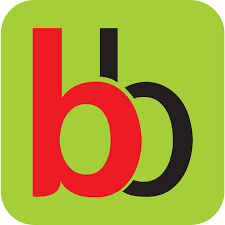About Big Basket Unlisted Shares
BigBasket, a pioneer in the Indian online grocery market, has a fascinating journey characterized by innovation, strategic expansion, and solid growth amidst fierce competition. Here's an overview of how BigBasket started, its expansion, product diversification, funding history, acquisition by Tata, competitors, and its revenue model:
1. How BigBasket Started
BigBasket was founded in 2011 in Bangalore by a team of entrepreneurs with a strong retail background. The founding members included Hari Menon, Vipul Parekh, V.S. Sudhakar, Abhinay Choudhari, and Ramesh S. Before BigBasket, they had tried their hands in the retail space through an offline grocery store chain, Fabmart, which they eventually sold. Learning from that experience, they foresaw the potential for online grocery delivery as the Indian internet ecosystem developed.
The company began with a simple goal: to make grocery shopping easy, reliable, and convenient for Indian households.
2. Expansion and Product Line Diversification
As BigBasket grew, it consistently expanded its product line to cater to the needs of Indian consumers. Here's a timeline highlighting its key expansions:
• Early Years (2011-2014): Focused on essential grocery items like fruits, vegetables, staples, and packaged foods. This period marked the foundation of its core grocery services.
• 2015-2017: Expanded to include personal care, household essentials, baby care, and gourmet products. This period saw BigBasket venturing into a wider range of everyday necessities, making it a one-stop shop for households.
⚫ 2018-2020: Launched Fresh and bbDaily for daily milk and bread delivery and bblnstant, an automated vending machine service. They also introduced a private label, allowing BigBasket to provide exclusive products, enhancing margins and customer loyalty.
• 2021 Onwards: After Tata's investment, BigBasket further diversified its portfolio by integrating pharmaceutical and wellness products, extending into newer categories aligned with Tata's extensive ecosystem.
Read More


